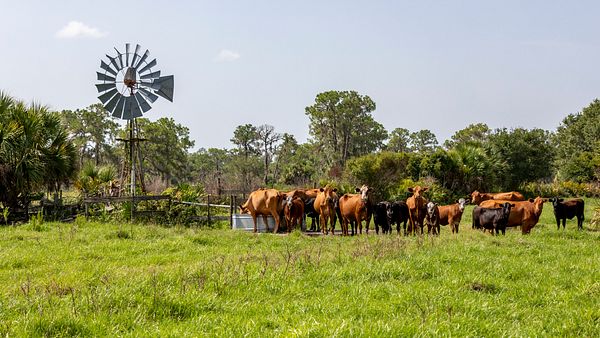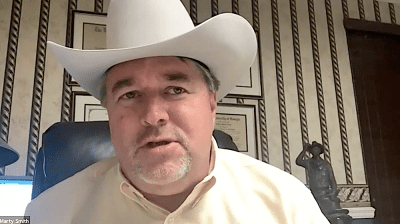
THE National Cattlemen’s Beef Association (NCBA) in the United States has released a list of environmental, economic and social sustainability goals for the US cattle industry, headlined by a commitment to “demonstrate climate neutrality of US cattle production by 2040”.
In an announcing the goal an NCBA statement said “beef producers in the United States are already the global leader in sustainable beef production”, but did not expand further on the reasons why it ranks the US beef industry as ahead of other beef producing nations in sustainability terms.
The US industry’s goals also aim to create and enhance opportunities that result in a quantifiable increase in producer profitability and economic sustainability by 2025; enhance trust in cattle producers as responsible stewards of their animals and resources by expanding educational opportunities in animal care and handling programs to further improve animal well-being; and continuously improve the industry’s workforce safety and well-being.
The goal contrasts in a number of ways to the Carbon Neutral 2030 (CN30) initiative announced by the Australian red meat industry in 2018.
That target means that by 2030, Australian beef, lamb and goat production, including lot feeding and meat processing, aim to make no net release of greenhouse gas (GHG) emissions into the atmosphere.
The US industry has chosen a target date a decade beyond the goal set by Australia, and also differs in that it emphasises “climate” neutrality, as opposed to “carbon” neutrality.
US air quality specialist Dr Frank Mitloehner has discussed the difference between climate neutrality and carbon neutrality in presentations to the Australian beef industry, including a CCA webinar late last year and a presentation to Beef 2021 in May.
“The setting of these goals will further enhance the sustainability of the US system and set targets that demonstrate to the world that producers are committed to continued improvement,” the NCBA statement said.
 “Cattlemen and women have demonstrated their commitment to sustainability for generations. They work tirelessly to protect the land, water and air resources in their care. Through countless improvements in genetics, grazing management, manure handling and the adoption of many other technologies, this is just the next step on our industry’s path,” said Marty Smith (left), a Florida cattleman and NCBA past-president.
“Cattlemen and women have demonstrated their commitment to sustainability for generations. They work tirelessly to protect the land, water and air resources in their care. Through countless improvements in genetics, grazing management, manure handling and the adoption of many other technologies, this is just the next step on our industry’s path,” said Marty Smith (left), a Florida cattleman and NCBA past-president.
“Producers deserve recognition for their use of cutting-edge practices and technologies that minimize environmental impact. By setting goals, we’re publicly committing to continuous improvement and setting targets that allow us to measure and document those efforts.”
The NCBA said the goals were the culmination of a grassroots, rancher-led process.
The Sustainability Goals Task Force was formed in 2021 to evaluate the current state of US beef cattle sustainability, determine which improvements are most critical and help share the story of progress.
Members of the working group – cattle farmers and ranchers from across the US – had led the process and made all decisions, including setting the sustainability goals, according to the NCBA.
“Sustainability is, and will continue to be, an incredibly important part of what we do, and I’m proud that my fellow leaders across the cattle industry have taken these important steps,” Smith said.
“As our country and the world examine risks associated with climate change and other sustainability challenges, our commitment to sustainability positions us to play an even bigger role in mitigating these risks in the future.”
More details on the US cattle industry’s sustainability goals can be found at ncba.org/sustainability.
